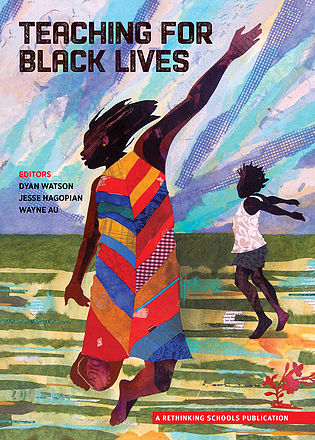Healthy Kids Survey Results - Year 2018 (CA Dept of Education)
State Superintendent Torlakson Announces Results of Healthy Kids Survey at Public Schools
SACRAMENTO—State Superintendent of Public Instruction Tom Torlakson announced today that alcohol, tobacco, and other drug use continues to decline among middle and high school students, and improvements have occurred in indicators of pupil engagement, school climate, and mental health among high school students, according to the 2015–17 Biennial State California Healthy Kids Survey.
The survey assesses how well schools are meeting students’ needs for school safety, drug and alcohol prevention, mental health, and other factors that influence learning and positive development.
Conducted every two years since 1985, the survey provides insights for educators and health professionals about how to improve services for students.
The California Department of Education (CDE) and the California Department of Health Care Services (DHCS) coordinated the survey of a representative, random sample of seventh, ninth, and eleventh graders statewide.
"This is the largest statewide survey in the nation to identify the needs of adolescents and how well our schools are meeting those needs. It increases our understanding of how students feel about school and how they rank their school environment," said Torlakson, who started his career as a high school science teacher and coach.
"The more we can meet the needs of the whole child, including their social and emotional health and mental health needs, the more we can help them succeed on their way to 21st century careers and college. The improvements in academic motivation and school climate indicators suggest that the state’s requirement that school districts address these factors as part of their Local Control and Accountability Plans (LCAP) may already be working. However, most of these school climate improvements occurred among seventh graders, pointing to the need to enhance our efforts in high schools to address this LCAP priority."
DHCS Director Jennifer Kent added, "The California Healthy Kids Survey helps behavioral health agencies, school-based health programs, and community organizations harness support for youth prevention programs, and helps to justify the sustainability of these programs over time by showing real prevention successes to funders and stakeholders."
The survey results have indicated a general decreasing trend in alcohol and marijuana use since 2011–13. Current use of alcohol, binge drinking, and marijuana use among eleventh graders decreased by four points. Lifetime marijuana use dropped by seven points. Nevertheless, use of marijuana was reported by 17 percent of eleventh graders, only six percentage points lower than for alcohol.
“We must continue to be diligent in our efforts to prevent, or at least limit, marijuana use in light of the potential effect of the legalization for adults as a result of the passage of Proposition 64 two years ago,” Torlakson said.
The results also show pronounced improvements in all grades in academic motivation (by seven points in seventh grade) and across indicators of bullying and victimization at school. Experiencing any harassment is down more than six points in 9th grade, to 31 percent.
Among seventh graders, but not among high school students, there were also increases in school connectedness and perceived safety. Perceived school safety even declined in eleventh graders by more than four points. Only six in ten high school students now feel their school is safe or very safe.
Also noteworthy, two indicators of mental health—chronic, debilitating sadness and suicide contemplation—both improved among ninth and eleventh graders after showing little change in the last survey. It is still disturbing that three in ten high school students appear to suffer from chronic sadness and about one-sixth have contemplated suicide.
“Although, overall, there are many positive survey findings, our state’s high schools clearly need to do more to be safer, more supportive, and more engaging,” Torlakson added.
CDE and DHCS are working together to ensure even further improvements over the next two years. Educators, prevention specialists, youth service providers, and health agencies will collaboratively focus more attention to better meet the needs of youth and help them thrive and succeed.
# # # #
Tom Torlakson — State Superintendent of Public Instruction
Communications Division, Room 5602, 916-319-0818, Fax 916-319-0100
Healthy Kids Survey Results - Year 2018 (CA Dept of Education)




















